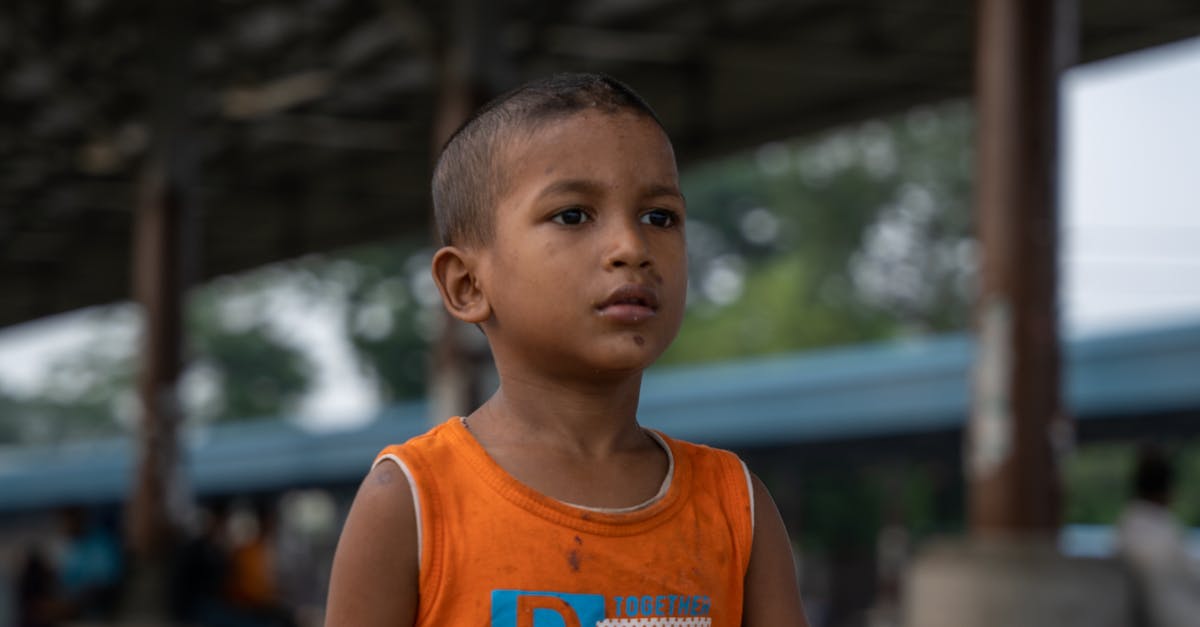
Assimilation and Accommodation in Piaget's Theory
Table Of Contents
Examples of Assimilation in Everyday Life
Children often demonstrate assimilation when they encounter a new type of animal. For instance, if a child has only seen dogs and then encounters a cat, they might initially refer to the cat as a "dog" because it shares similar characteristics such as being furry and having four legs. This process allows the child to integrate new observations into their existing framework of understanding, thereby reinforcing their previous knowledge.
In another scenario, a young student learning about fruits might encounter a new fruit, such as a kiwi. If they already recognise apples and bananas, they may classify the kiwi as just another type of fruit without acknowledging its unique features. By using existing categories to understand new information, individuals can simplify their experiences and reinforce their cognitive structures, showcasing the natural tendency towards assimilation in everyday life.
RealLife Scenarios Illustrating Assimilation
Children often experience assimilation when they encounter familiar objects or situations in new settings. For instance, a child who has learned to call a family dog "dog" may see a different breed for the first time and immediately label it the same way. This demonstrates that the child applies existing knowledge to classify and understand the new encounter, even if the specific characteristics differ. The process helps them create a broad category for understanding various types of dogs based on their previous experiences.
, the interaction of these processes can lead to diverse pathways of cognitive growth, reflecting the unique cultural dimensions that inform an individual's perspective on the world.
Cultural Influences on Cognitive Development
The cognitive development of individuals is deeply intertwined with cultural influences. Different cultures offer unique tools, communication styles, and values that shape the way children learn and process information. For example, in some cultures, storytelling serves as a critical method for imparting knowledge, allowing children to assimilate complex concepts through narratives. These cultural practices establish the framework within which assimilation and accommodation occur, guiding children in aligning new experiences with existing cognitive structures.
Moreover, cultural variations also affect the priorities people place on certain types of knowledge. In collectivist societies, social interaction and community roles may be emphasised, leading to cognitive structures that prioritise collaboration and relational understanding. In contrast, individualistic cultures may nurture independent thinking and self-reliance, altering how individuals accommodate new information. These differing cultural contexts illustrate that cognitive development is not a one-size-fits-all process; rather, it is shaped significantly by the environments in which children are raised.
FAQS
What is the difference between assimilation and accommodation in Piaget's theory?
Assimilation involves integrating new information into existing cognitive frameworks, while accommodation is the process of altering those frameworks to incorporate new information that doesn't fit.
Can you provide an example of assimilation in everyday life?
An example of assimilation would be a child who knows how to play with a toy car. When they encounter a different type of car, they apply the same knowledge and play with it in the same way, without changing their understanding of what a car is.
How does accommodation influence cognitive development?
Accommodation influences cognitive development by allowing individuals to adjust their mental models to better understand new experiences, leading to more sophisticated thinking and problem-solving skills.
What role does culture play in assimilation and accommodation?
Culture significantly impacts both processes by shaping the experiences and knowledge that individuals encounter, which can either reinforce existing frameworks or necessitate changes in understanding.
How can understanding assimilation and accommodation help in education?
Understanding these concepts can help educators tailor their teaching strategies to better facilitate learning by recognising when to encourage assimilation through familiar contexts or promote accommodation when introducing new concepts.
Related Links
Object Permanence in Piaget's TheoryFormal Operational Stage in Piaget's Theory
's Theory
Preoperational Stage in Piaget's Theory
Sensorimotor Stage in Piaget's Theory
Overview of Piaget's Theory of Cognitive Development
Sensory Motor Skills and Their Impact on Learning